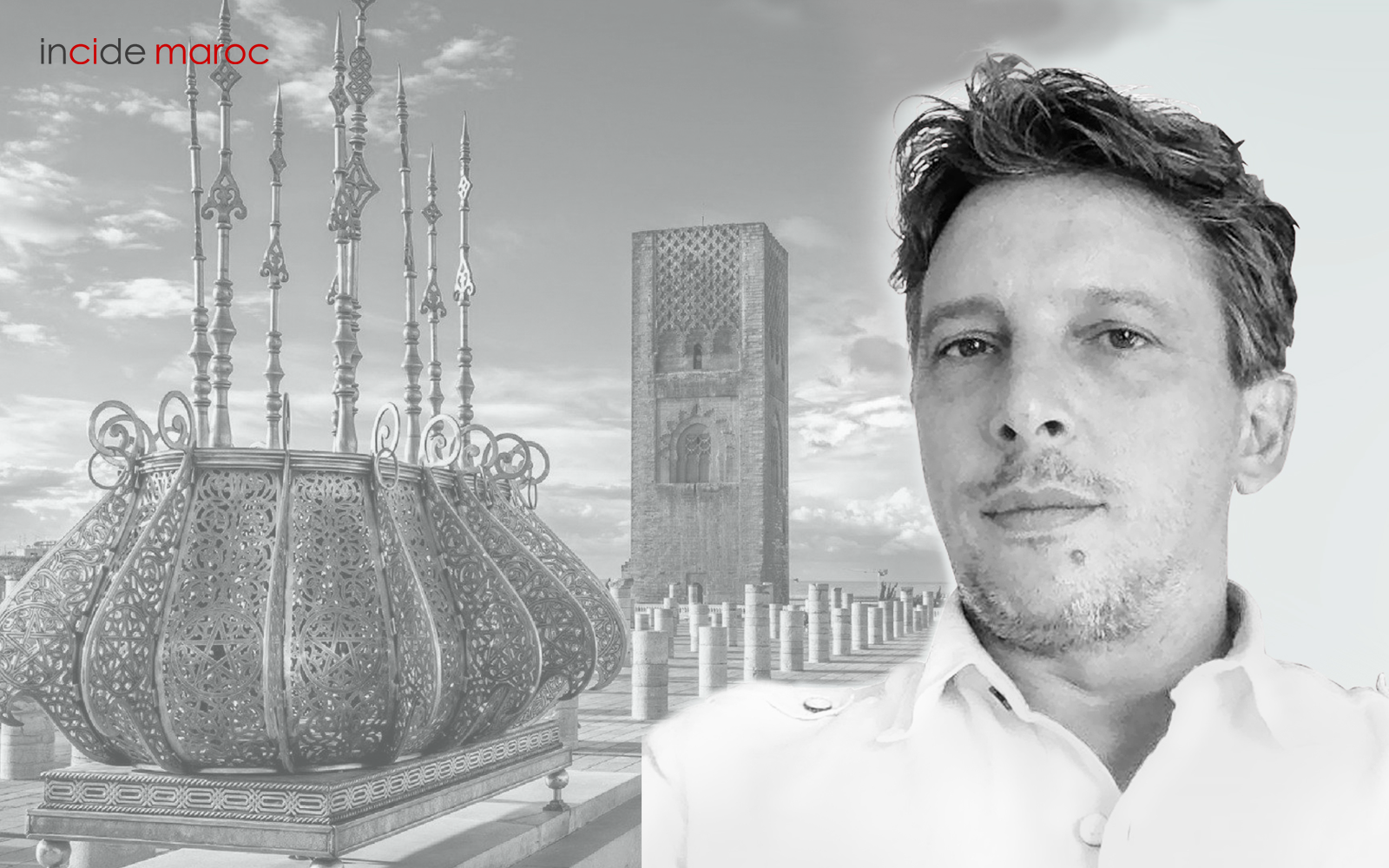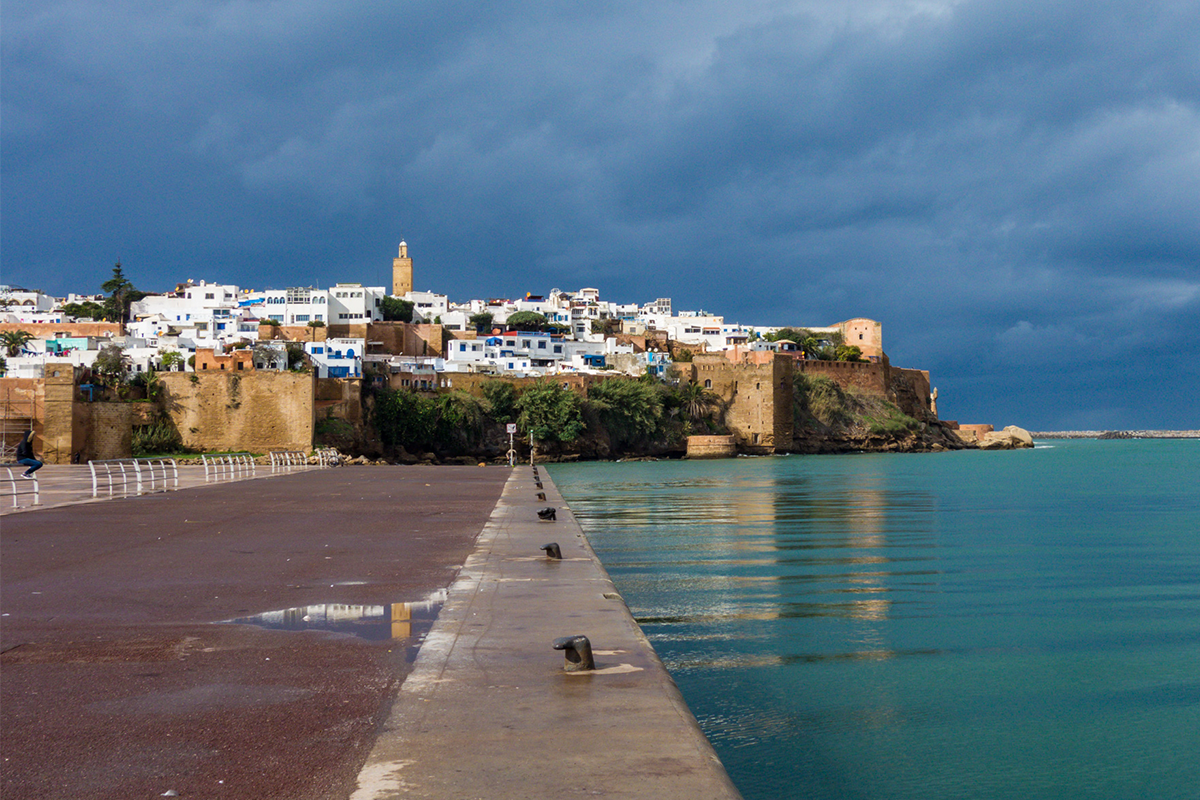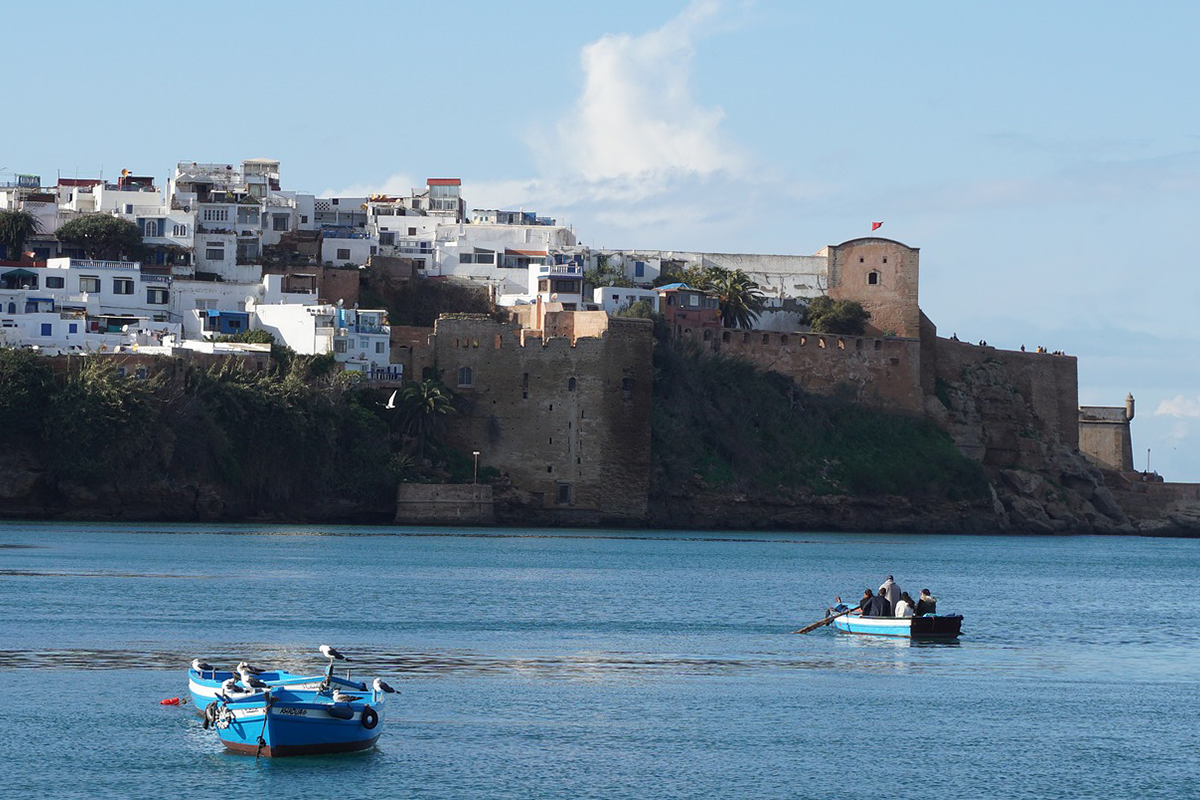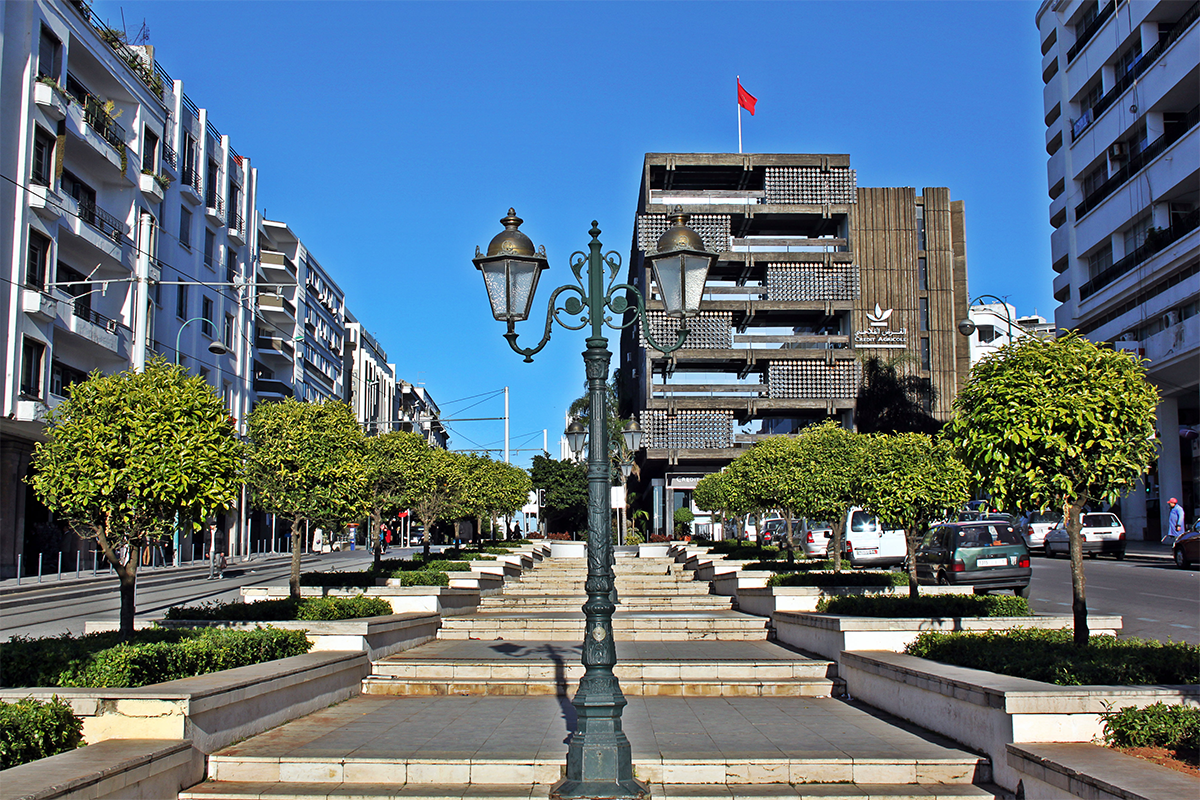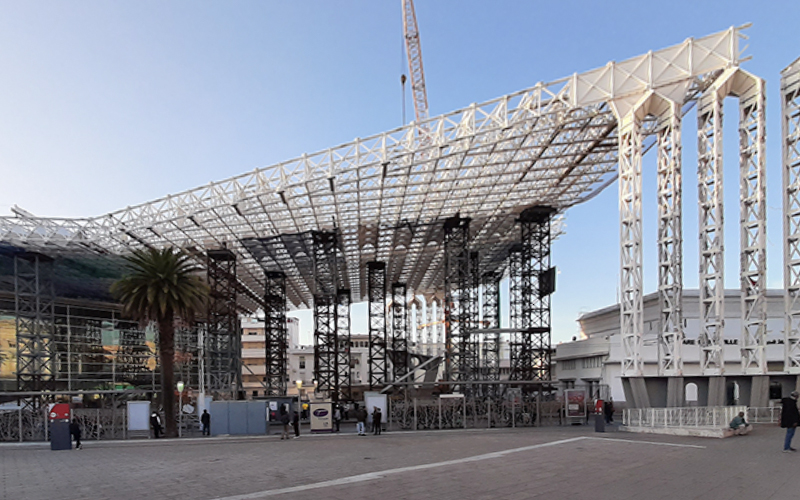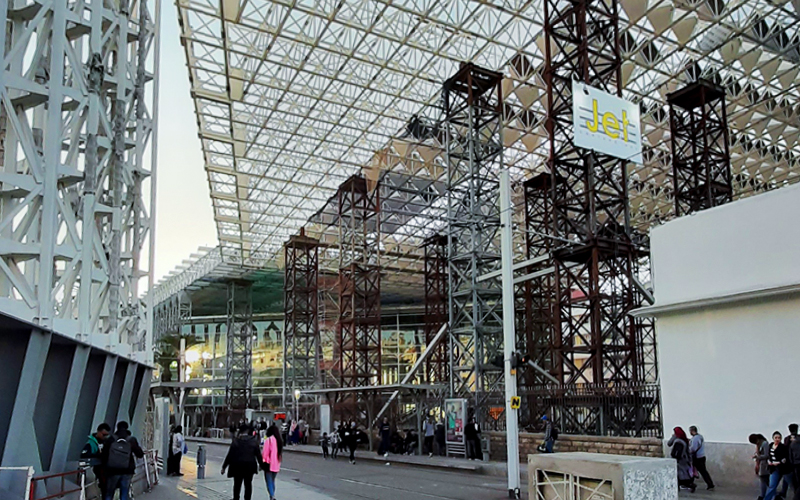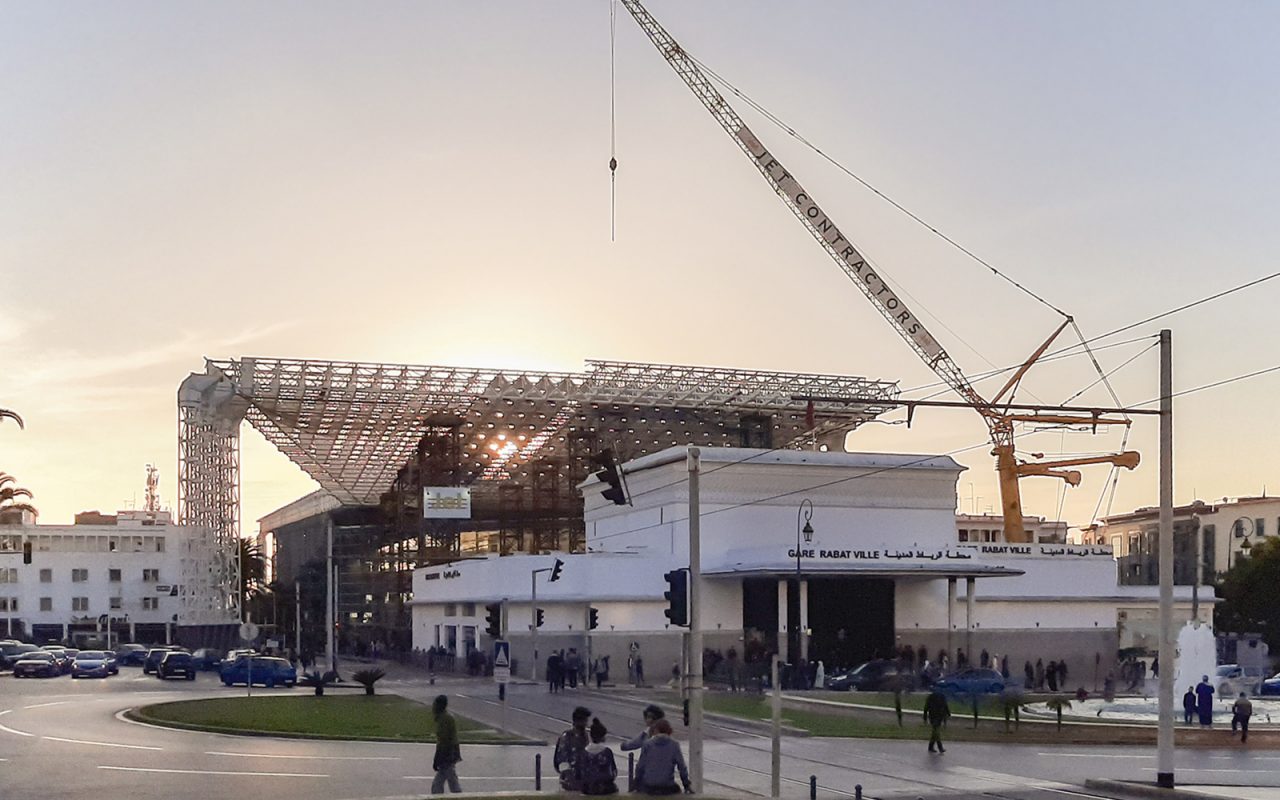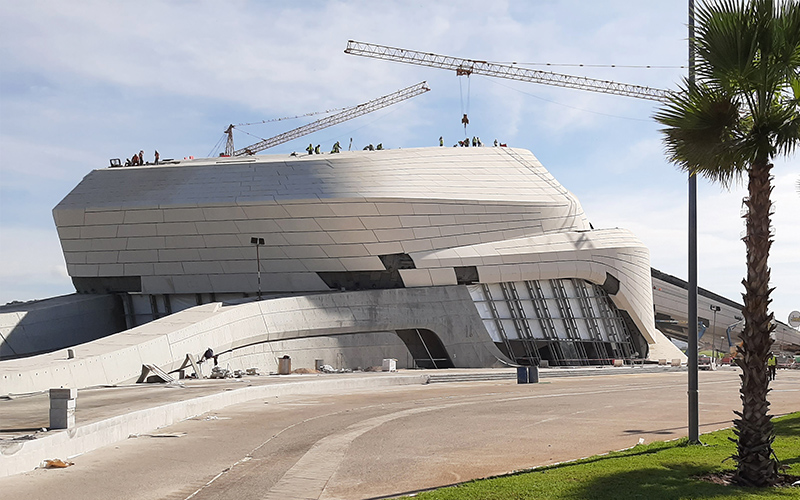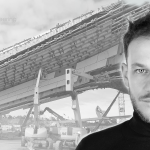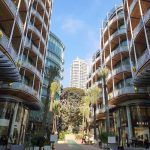Growing every day: the new adventure of Incide in Morocco
The Technical Director of Incide Màroc, Stefano Piazza, retraces his experience and the first steps of the Company in the new headquarters in Rabat: from its birth to the challenges and satisfactions of large projects in Morocco, a particular and varied country in which the ancient coexists together to the new
Do you remember the first steps towards the opening of the new headquarter in Morocco? How did it all start?
Of course I remember… It was the first months of 2019. The wave of the different projects we were carrying out (from the Grand Theater de Rabat to the Gare Rabat Ville, up to the Airport Mohammed V in Casablanca) and the growth of commercial contacts have merged into the joint decision of Incide: to create a Company in its image, in the field. After all the necessary steps, Incide Maroc Sàrl was born on 1 November 2019. The presence on the territory (essential for the works) was guaranteed, as was the special official dress of BET (Bureau d’Étude) of a national character. Together with the support of the Management of Incide, my instinct guided me in embarking on this real adventure in the area: it wasn’t wrong.
What are the main projects carried out by Incide in the Moroccan territory?
Definitely the Grand Théâtre de Rabat, Gare de Rabat Ville and the Extension of Casablanca’s Mohamed V Airport.
How would you define your experience in Morocco?
Impactfully, the term that I feel to use is: intense.
In Morocco, which has been growing rapidly for many years, the old really coexists with the new, without neglecting everything that lives in between.
As regards the design, the most particular aspect is related to the general approach that the French school follows, starting from the standards to the software and BC (Bureau de Controle), inspection offices that check and validate the projects. Considerably felt is the BIM approach, which development is in progress, while the 3D design with dedicated software (Revit, Tekla, Rhino, Grasshopper and others) is already developed.
From a professional point of view, it is an important experience that, in addition to the extent of the projects developed, allows me to confront myself daily with methods other than the usual ones, and this offers the opportunity to grow, also from a human and personal point of view.
Can you tell us about their particularities and the difficulties that have been faced?
Each of these projects has its own particularities and difficulties.
In the Grand Théâtre de Rabat, certainly the architectural forms: rather than architecture, in fact, it is better to talk about sculpture. Zaha Hadid, the Iraqi architect who designed the work at the time, is known all over the world for her “sinuous” forms. This element, of sure visual impact, created many complications in all phases, which however turned into great final satisfactions.
In the Gare de Rabat Ville, initially the difficulty was the roof: to find the right balance between the architectural intent of creating diamond-shaped elements and the need for a calculation model resistant to external stresses (especially the wind). Then, among many other elements, the assembly of the structures, the space to perform it (the Gare is in the center of the city) and the time, coordinated with the clearly unstoppable flow of trains.
Finally, in the Extension of the Mohamed V Airport, in Casablanca, there were complex and totally different interventions: the creation of a large open space for international departures, arrivals and transits, which had a grid of columns that had the least impact on the environment and the shape of the double pitched roof, with staggered curved pitches; in addition, in the foundations it was necessary to avoid an important two-meter tunnel that crossed the entire central area: all designed not to interfere with the routes of the transit flows. In addition to this, the central module, which is spread over three different buildings, separate but connected: they were modeled in constant coordination of the 3D models of the adjacent buildings.
Also for this building, but even more demanding, the search for structural meshes that impacted the flow paths as little as possible, especially the baggage, was remarkable.
The common feature of the interventions was the development of MEP systems, which required a great deal of work to find their correct positioning and thus avoid an unwanted visual impact.
What is the project that has left you with a rare satisfaction?
Surely the Grand Théâtre de Rabat, for the charm of the final work but also because it was the first work followed “on the field” in Morocco. It was a mix of different and stimulating characteristics: the news, the stay in a new country, its local traditions, the different cultures (Italian, Moroccan, English, French, Czech) involved in the project during its development in the place, the design difficulties that did not fail to put us to the test… A final satisfaction that branched out in all these directions, going beyond the purely technical aspect.
